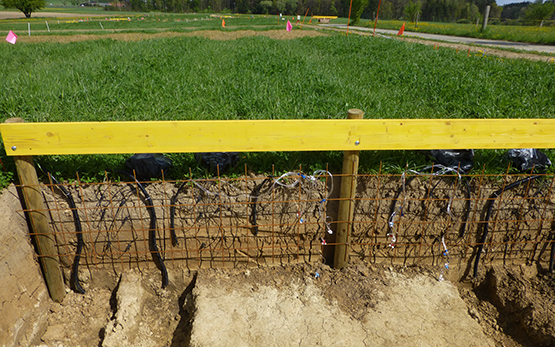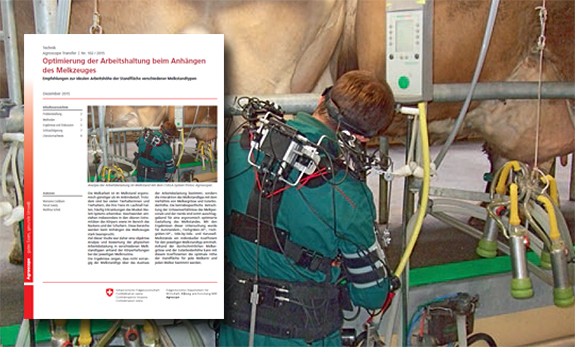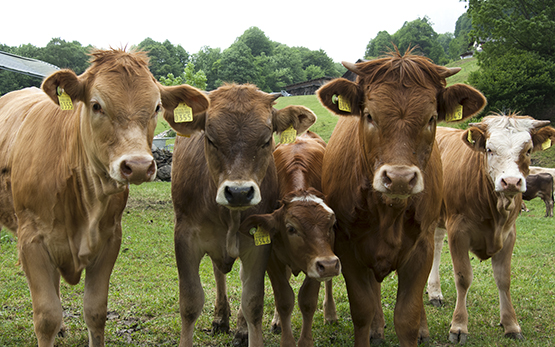Svensk M., Mariotte P., Terranova M., Pittarello M., Nota G., Frund D., Dubois S., Manzocchi E., Napoleone F., Meese S., Lombardi G., Allan E., Probo M.
Alnus viridis: An encroaching species with valuable nutritional value reducing livestock greenhouse gas emissions.
Agriculture, Ecosystems & Environment, 364, 2024, 1-12.
Nota G., Svensk M., Barberis D., Frund D., Pagani R., Pittarello M., Probo M., Ravetto Enri S., Lonati M., Lombardi G.
Foraging behavior of Highland cattle in silvopastoral systems in the Alps.
Agroforestry Systems, In Press, 2023, 1-15.
Zehnder T., Schneider M. K., Lüscher A., Giller K., Silacci P., Messadène-Chelali J., Bérard J., Kreuzer M.
The effects of Alnus viridis encroachment in mountain pastures on the growth performance, carcass and meat quality of Dexter cattle and Engadine sheep.
Animal Production Science, 63, (12), 2023, 1248-1260.
Svensk M., Pittarello M., Mariotte P., Nota G., Schneider M. K., Frund D., Dubois S., Allan E., Probo M.
Nitrogen translocation by Highland cattle grazing in Alnus viridis‑encroached pastures.
Nutrient Cycling in Agroecosystems, 126, 2023, 127-141.
Galasso G., Domina G., Andreatta S., Argenti C., Astuti G. , Bacaro G., Bacchetta G., Bagella S., Banfi E., Barberis D., Bartolucci F., Probo M.
Notulae to the Italian alien vascular flora: 14.
Italian Botanist, 14, 2022, 99-118.
Svensk M., Mariotte P., Frund D., Probo M.
Le projet ROBUSTALPS - Résultats.
Dans: Salon des Alpages 2022. 15. octobre, Les Diablerets. 2022.
Svensk M., Mariotte P., Frund D., Probo M.
Le projet ROBUSTALPS.
Dans: Salon des Alpages 2022. 15. octobre, Les Diablerets. 2022.
Svensk M., Mariotte P., Frund D., Probo M.
Pâture ciblée des vaches Highland sur les alpages embroussaillés par l'aulne vert.
Dans: Cours montagne 2022. 23. août, Ed. AGRIDEA, 2022, 1-17.
Napoleone F., Probo M., Mariotte P., Ravetto Enri S., Lonati M., Argenti G., Burrascano S.
Agri-environmental payments drive the conservation and forage value of semi-natural grasslands by modifying fine-scale grazing intensity.
Biological Conservation, 269, 2022, 1-10.
Svensk M., Nota G., Mariotte P., Pittarello M., Barberis D., Lonati M., Allan E., Perotti E., Probo M.
Use of molasses-based blocks to modify grazing patterns and increase Highland cattle impacts on Alnus viridis-encroached pastures.
Frontiers in Ecology and Evolution, 10, (849809), 2022, 1-11.
Pauler C., Zehnder T., Staudinger M., Lüscher A., Kreuzer M., Bérard J., Schneider M. K.
Thinning the thickets: Foraging of hardy cattle, sheep and goats in green alder shrubs.
Journal of Applied Ecology, 59, (5), 2022, 1394-1405.








